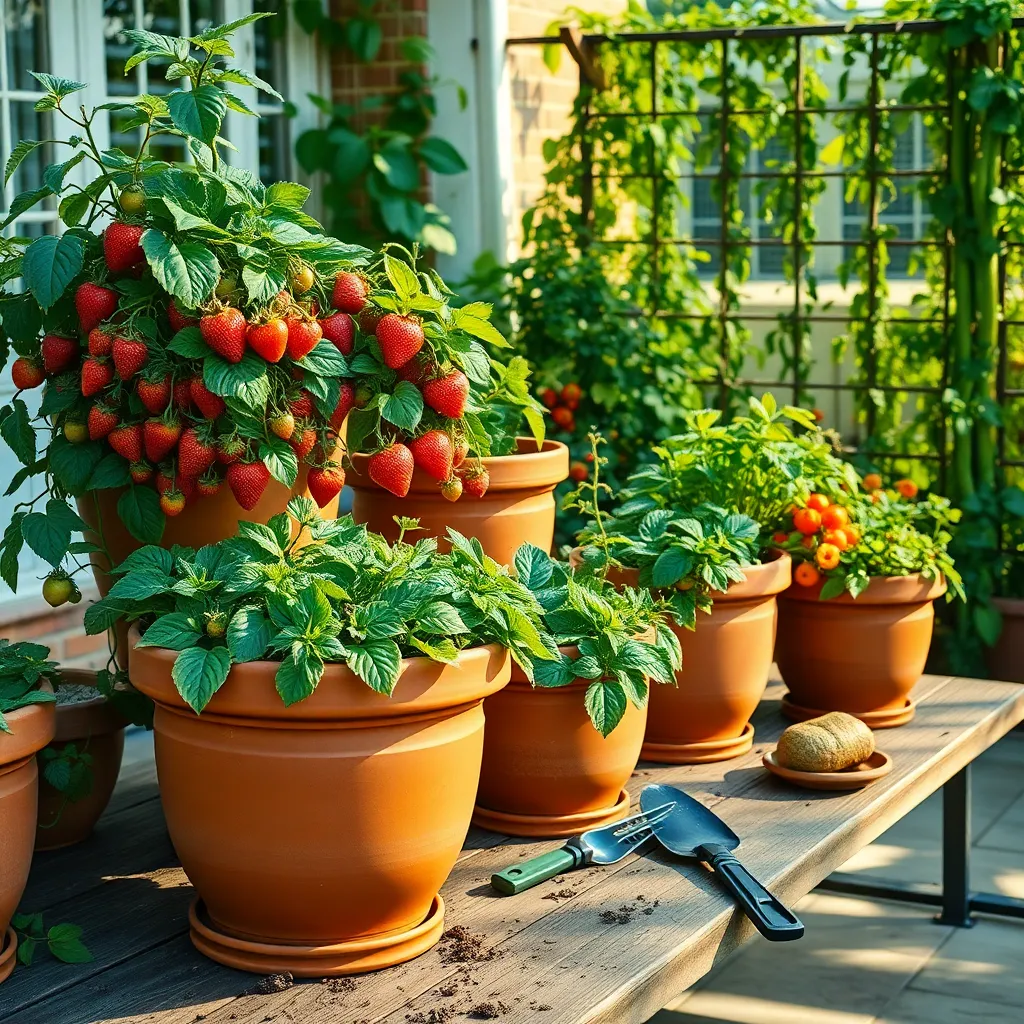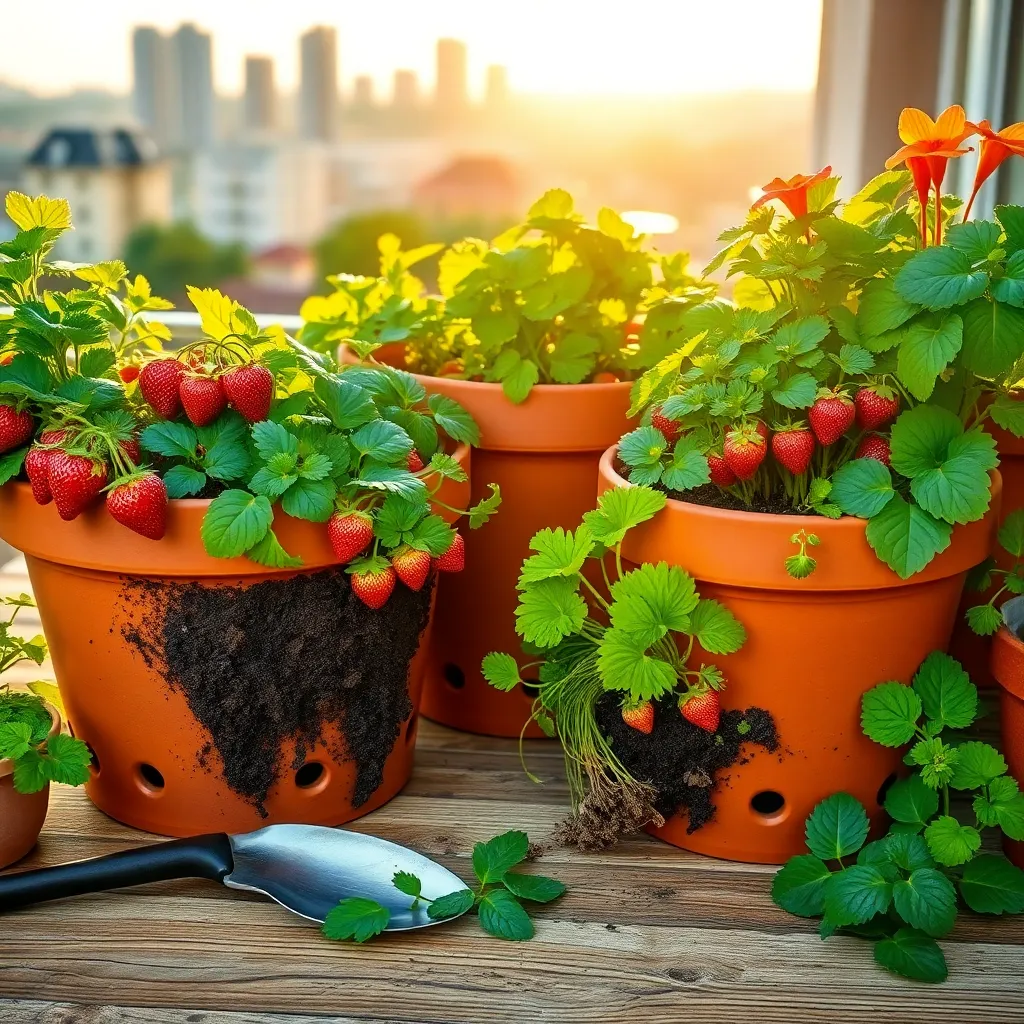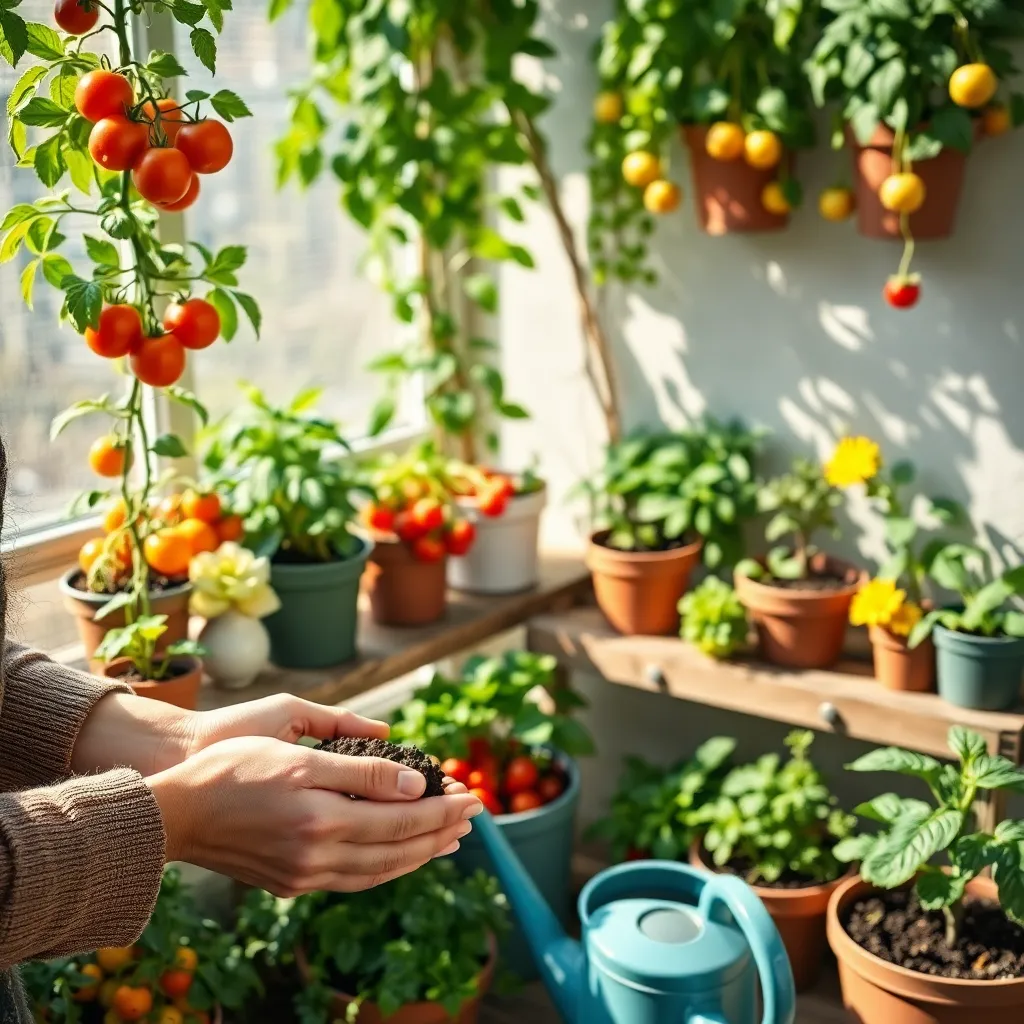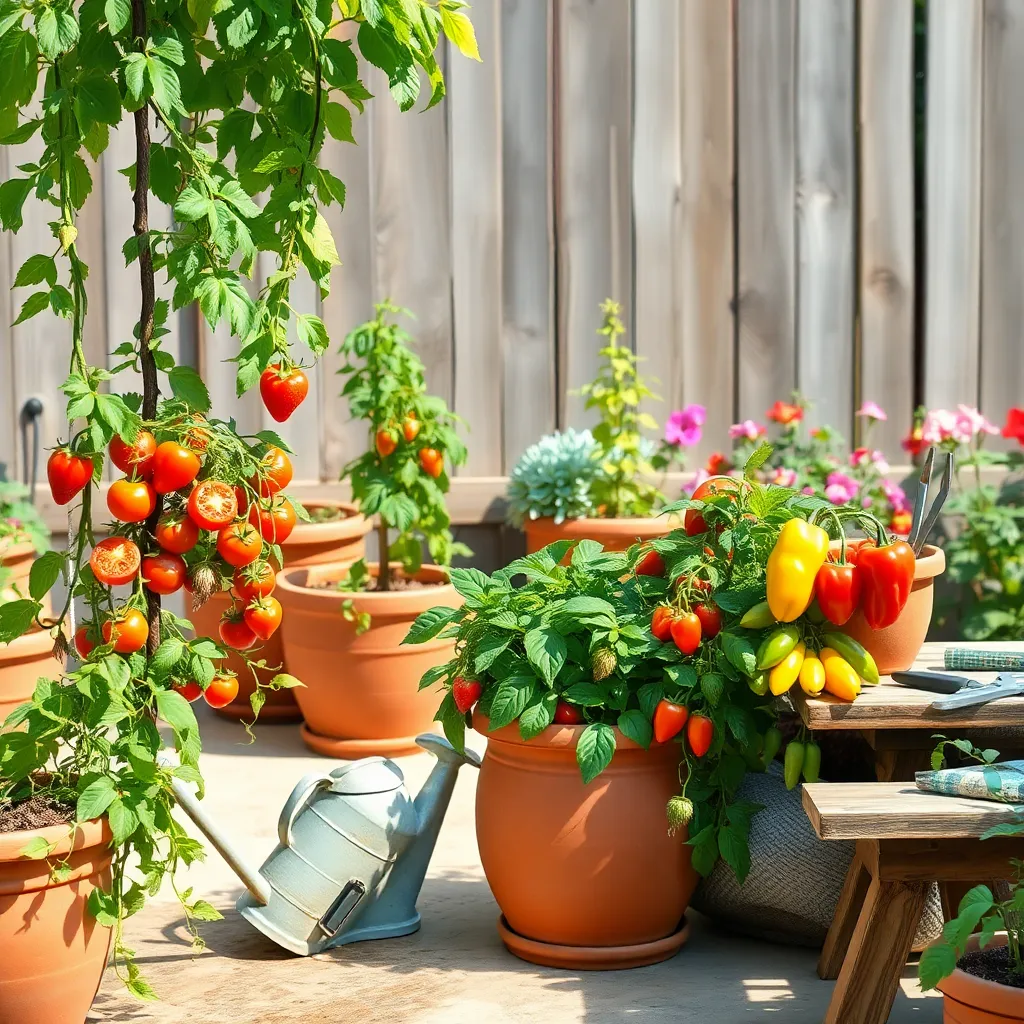Welcome to the world of container fruit gardening, where the joy of harvesting your own juicy bounty is just a pot away! Whether you’re a budding gardener dipping your toes into the soil for the first time or a seasoned horticulturist with years of experience, this guide is your trusty companion. Growing fruits in containers is not only a rewarding hobby but also a smart solution for those with limited space, allowing you to transform patios, balconies, and small yards into lush, productive oases.
Imagine plucking ripe strawberries, lemons, or even figs from your very own plants, all within arm’s reach. With our carefully curated tips, you’ll gain the confidence to nurture these delightful fruits, reaping the rewards of your efforts with every sweet bite. This guide distills essential techniques and innovative practices to help you maximize your harvest, ensuring that your container garden thrives with vibrant life. Dive in, and discover the satisfaction and pride that come from cultivating your own fruitful paradise, no matter the size of your garden.
Choose Large, Deep Containers

When growing fruits in containers, choosing large, deep containers is crucial for success. These containers provide ample space for root systems to expand, ensuring that your plants remain healthy and productive.
Opt for containers that are at least 18 inches in diameter and have a depth of 24 inches. This size is ideal for accommodating a variety of fruit plants, including popular choices like tomatoes, peppers, and dwarf citrus trees.
Ensure the containers have drainage holes to prevent waterlogging, which can lead to root rot. Placing a layer of gravel or broken pottery at the bottom of the pot can further aid drainage, allowing excess water to escape efficiently.
While basic potting soil works for most fruiting plants, consider mixing in some compost or well-rotted manure to enhance nutrient content. This addition will support vigorous growth and fruit production throughout the growing season.
For those looking to take their container gardening to the next level, consider using self-watering pots. These pots help maintain consistent moisture levels, reducing the risk of over or under-watering, which is especially beneficial during hot summer months.
Ensure Proper Drainage Holes

Proper drainage is essential for growing fruits in containers, as it prevents water from pooling at the bottom and causing root rot. Ensure that your chosen containers have multiple drainage holes, ideally spaced evenly around the base, to allow excess water to escape efficiently.
To enhance drainage, consider placing a layer of coarse material, such as gravel or broken pottery, at the bottom of the container before adding soil. This helps create a barrier that prevents soil from clogging the drainage holes, promoting better water flow and healthier roots.
Using a high-quality potting mix is crucial, as it should be well-aerated and lightweight to facilitate proper drainage. Look for a mix that contains ingredients such as perlite, vermiculite, or coco coir, which improve both drainage and moisture retention, creating an ideal growing environment for your fruit plants.
For those growing fruits that require more specific conditions, such as blueberries, consider adjusting the potting mix to match their needs. Blueberries thrive in acidic, well-drained soil, so you might incorporate pine bark or sphagnum peat moss to achieve the desired acidity and texture.
Use Quality Potting Mix

When growing fruits in containers, using a quality potting mix is crucial for the health and productivity of your plants. A good potting mix provides the right balance of aeration, moisture retention, and nutrients, ensuring that your container fruits have the best possible start.
Choose a potting mix specifically formulated for container gardening, as it will be designed to meet the unique needs of potted plants. Look for ingredients like peat moss, pine bark, and perlite, which help maintain the right moisture levels while preventing compaction.
It’s important to avoid using garden soil in containers, as it tends to compact and restrict root growth. Instead, opt for a sterile potting mix to minimize the risk of pests and diseases that can harm your fruit plants.
Advanced gardeners might consider adding slow-release fertilizer to the potting mix to provide a steady supply of nutrients over time. This can be particularly beneficial for fruiting plants, which require more nutrients as they develop and produce fruit.
Fertilize Regularly with Balanced Feed

To ensure your fruit plants thrive in containers, it’s essential to fertilize regularly with a balanced feed. Container plants rely on you for nutrients as they cannot access the vast reserves of soil in a garden bed.
Begin by choosing a balanced fertilizer, such as a 10-10-10 or 20-20-20 formula, to provide equal parts of nitrogen, phosphorus, and potassium. These nutrients are crucial for healthy foliage, strong roots, and fruit production.
Apply the fertilizer every two to four weeks during the growing season, following the manufacturer’s instructions for dilution and application. Over-fertilizing can harm your plants, so it’s important to stick to recommended quantities.
For those growing specific types of fruit, such as citrus or berries, consider using a fertilizer designed for that plant type. These specialized fertilizers often contain additional micronutrients tailored to their unique needs.
Position for Optimal Sunlight Exposure

When growing fruits in containers, ensuring they receive optimal sunlight exposure is crucial for healthy growth and bountiful harvests. Most fruiting plants require at least six to eight hours of direct sunlight daily to thrive, so choose a spot that receives ample sunlight.
Consider the movement of the sun throughout the day to avoid placing your containers in shady spots. If you’re in the northern hemisphere, a south-facing position is generally ideal for maximizing sunlight exposure.
For those in areas with intense midday sun, consider providing some afternoon shade to prevent overheating and stress. You can use shade cloth or simply move the containers to a less exposed area during the hottest part of the day.
Using containers gives you the flexibility to move your plants to optimal positions as the seasons change. Regularly rotating your containers can also ensure even sunlight distribution, promoting uniform plant growth.
Conclusion: Growing Success with These Plants
In the journey of cultivating fruitful relationships, much like growing fruits in containers, five key relationship concepts stand out: nurturing communication, providing consistent care, understanding individual needs, creating a supportive environment, and celebrating growth. By applying these principles, you can transform your relationship into a thriving, resilient bond that bears the sweetest fruits.
As your actionable next step, dedicate time today to have an open and honest conversation with your partner about your relationship goals. This simple act of communication can set the foundation for the four other concepts and lead to deeper connection and understanding.
Remember, as you embark on this journey, each step taken thoughtfully can lead to a bountiful harvest of love and companionship. To ensure you always have access to these vital tips, bookmark this article now, keeping it handy as a reliable guide in your relationship toolkit.
Looking ahead, with perseverance and commitment, your relationship can bloom with success and fulfillment. Embrace these concepts, and watch your relationship flourish like a well-tended garden, ripe with possibilities. Save this article as a constant reminder of your dedication to nurturing lasting love.

